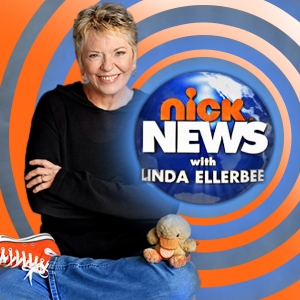 The pediatrician just informed you that your child is profoundly deaf.
The pediatrician just informed you that your child is profoundly deaf.
What is deafness like?
How does deafness impact a person’s life? What will you do now? Your answers to these questions will depend on personal experience. If you have connections to Deaf culture, you may feel very differently than someone who has never had interacted with a deaf person. Though we live in the Information Age, mainstream society still understands very little about what it means to be deaf.
This week, Nick News with Linda Ellerbee premiered an episode titled “Now Hear This!” (watch the full episode HERE ) The show does a great job exploring the spectrum of deafness, and demystifying the deaf experience by telling the stories of 5 deaf young people. The children’s’ experiences are vastly diverse, and touch on a number of issues from deaf education methods to family dynamics. The overall message is that, like any of us, deaf children have individual needs. Despite what some may claim, there is no one-size-fits-all strategy for being deaf!
S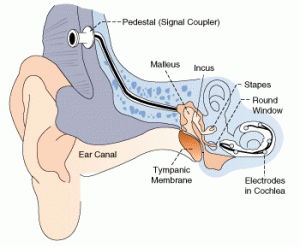 ome families choose to assimilate their child to a hearing lifestyle by implanting a device called a cochlear implant into the skull, which stimulates the auditory nerve and allow the brain to “hear.” Sammy is a CI recipient from a hearing family who jokingly refers to herself as “part robot.” She was not born deaf, but her hearing deteriorated throughout childhood and, at 12 years old, she made the choice to have CI surgery. According to Sammy, her parents presented the pros and cons, and she strongly feels a CI was the right choice for her. She attends school with all other hearing students and plays on a basketball team, insisting she doesn’t need to know ASL because she can hear. Cici also comes from a hearing family, she lost her hearing as a baby. Her parents elected to send her to a school for deaf children that focuses on teaching English and oral communication, so she never learned any ASL. At 5 years old she received her CI. “It was hard to learn to speak,” she says, but she feels very grateful that she did because it allows her to communicate with her family and non-deaf friends. Cici is a ballet and tap dancer who feels that deafness is a disability that her CI and hearing aid help her overcome.
ome families choose to assimilate their child to a hearing lifestyle by implanting a device called a cochlear implant into the skull, which stimulates the auditory nerve and allow the brain to “hear.” Sammy is a CI recipient from a hearing family who jokingly refers to herself as “part robot.” She was not born deaf, but her hearing deteriorated throughout childhood and, at 12 years old, she made the choice to have CI surgery. According to Sammy, her parents presented the pros and cons, and she strongly feels a CI was the right choice for her. She attends school with all other hearing students and plays on a basketball team, insisting she doesn’t need to know ASL because she can hear. Cici also comes from a hearing family, she lost her hearing as a baby. Her parents elected to send her to a school for deaf children that focuses on teaching English and oral communication, so she never learned any ASL. At 5 years old she received her CI. “It was hard to learn to speak,” she says, but she feels very grateful that she did because it allows her to communicate with her family and non-deaf friends. Cici is a ballet and tap dancer who feels that deafness is a disability that her CI and hearing aid help her overcome.
Although the first instinct of a hearing parent might be to “fix” their “disabled” child through technology, they should first explore the many perspectives about deafness. Yes, cochlear implants and hearing aids work great for some people, but every person is different and everyone learns differently. In the show, CiCi says she loves her CI, but acknowledges how difficult it was to learn spoken English. Imagine having dyslexia– or any common learning disability– and being forced to learn a challenging foreign language. Though Cochlear Implants or oral English education do work for many, it’s unfair to assume that all deaf children have the same capabilities.
Other families choose American Sign Language for their deaf child. Isabella was born deaf and grew up in an all-ASL family, with two deaf parents and one hearing sister. She discusses education at her Deaf school, playing soccer on a hearing team, and having fierce Deaf pride! Isabella does not view deafness as a disability in any way, and she loves the language of her family. Arbab is a young man from a hearing family, who became deaf as an infant. In Pakistan, he would not have had educational opportunities, so his family immigrated to the US to ensure a better life. Arbab’s family does not use ASL and he does feel isolated from them, but he absolutely loves attending Deaf school where he signs freely with his peers. He uses technology, such as texting or video chat, to contact his friends when he is feeling lonely. Kaylee is the only deaf person in her entire town but, when she was in preschool, school administrators decided to add ASL to the curriculum for her whole class. The hearing kids all learned sign language, and use it throughout the school day to make sure Kaylee feels included. “My hearing friends sign to me, they are very fluent,” she says, “when my hearing friends don’t sign to me, then I feel alone.” She and her hearing friends love ASL and have made it their goal to spread Deaf awareness by volunteering to teach ASL to children.
As a parent, it is your responsibility to become educated about your child; to engage and develop a relationship with them. Learn about deafness, and Deaf culture. Discover all the options available before making any major life decisions. Deaf children, like hearing children, have limitations, and areas where they excel. Instead of dictating how young deaf people should live their lives, parents can work together with their child to find the most comfortable way of adapting. This solution may not always be what the parent initially expected, and that’s ok! Holding on to strict expectations for any child– deaf or hearing– is unfair. Every person and their circumstances are unique!
“Now Hear This!” explores a spectrum of deafness, language use, and the various strategies deaf people use to communicate. We get a glimpse of how deaf people fit into different families, and how much parental choices can impact the course of a child’s life. Most importantly, the program presents 5 well-adjusted young people doing the best they can to learn new things, make new friends, and be understood “in a hearing world that doesn’t listen.”
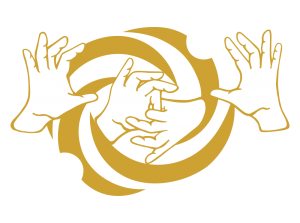



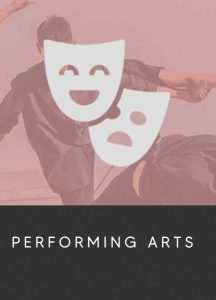
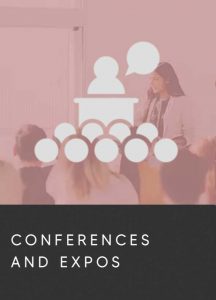
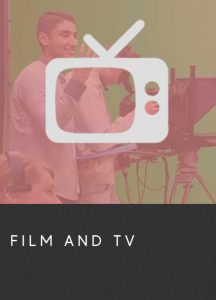
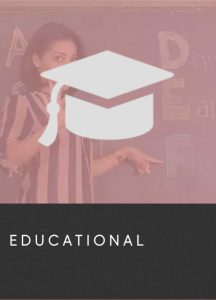
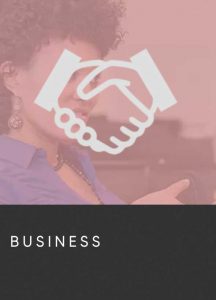



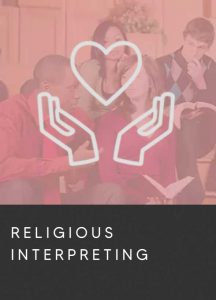
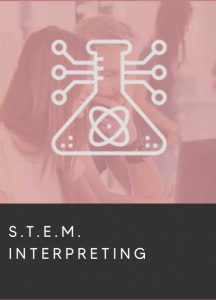
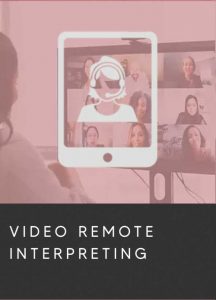
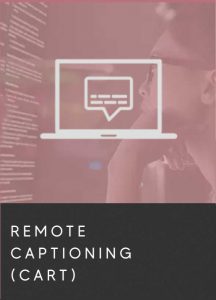

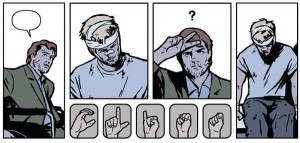 There are many types of superpower– ranging from super strength to mind control. With such a wealth of fictional capabilities available, why should Superheroes be limited by their ability to hear? Deaf people can do everything hearing people can do, they just might do it in a different way… This includes fighting super-villains!
There are many types of superpower– ranging from super strength to mind control. With such a wealth of fictional capabilities available, why should Superheroes be limited by their ability to hear? Deaf people can do everything hearing people can do, they just might do it in a different way… This includes fighting super-villains!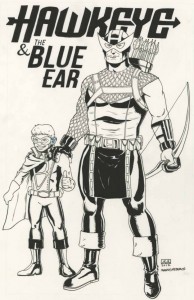 Recently, Marvel Comic writer Matt Fraction decided to incorporate deafness into his panels by using illustrated sign language. In the comic book, Hawkeye, who is featured in the popular Avengers movies, becomes deaf and must use ASL to communicate. This was a revival of an older plot from the series, where Hawkeye loses most of his hearing and uses a hearing aid. For deaf children and comic book fans, this pop culture representation is affirming. By illustrating a popular character like Hawkeye as differently abled, yet still powerful, Marvel Comics is sending the message that superheroes come from all walks of life!
Recently, Marvel Comic writer Matt Fraction decided to incorporate deafness into his panels by using illustrated sign language. In the comic book, Hawkeye, who is featured in the popular Avengers movies, becomes deaf and must use ASL to communicate. This was a revival of an older plot from the series, where Hawkeye loses most of his hearing and uses a hearing aid. For deaf children and comic book fans, this pop culture representation is affirming. By illustrating a popular character like Hawkeye as differently abled, yet still powerful, Marvel Comics is sending the message that superheroes come from all walks of life! There are a handful of other Deaf superheroes, as well. Echo (also known as Ronin) is a deaf woman who is able to perfectly replicate other people’s actions. Because she is deaf, she pays acute attention to visual details, allowing her to learn new abilities simply by watching another person perform the task. This is a great representation of deafness, and the way her supposed “disability” works to her advantage!
There are a handful of other Deaf superheroes, as well. Echo (also known as Ronin) is a deaf woman who is able to perfectly replicate other people’s actions. Because she is deaf, she pays acute attention to visual details, allowing her to learn new abilities simply by watching another person perform the task. This is a great representation of deafness, and the way her supposed “disability” works to her advantage!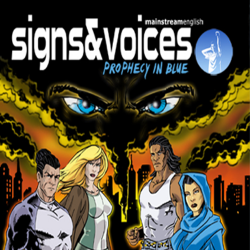
 Having Deaf role models, whether they are real or fictional, has a powerful influence on
Having Deaf role models, whether they are real or fictional, has a powerful influence on  The pediatrician just informed you that your child is profoundly deaf.
The pediatrician just informed you that your child is profoundly deaf. ome families choose to assimilate their child to a hearing lifestyle by implanting a device called a cochlear implant into the skull, which stimulates the auditory nerve and allow the brain to “hear.” Sammy is a CI recipient from a hearing family who jokingly refers to herself as “part robot.” She was not born deaf, but her hearing deteriorated throughout childhood and, at 12 years old, she made the choice to have CI surgery. According to Sammy, her parents presented the pros and cons, and she strongly feels a CI was the right choice for her. She attends school with all other hearing students and plays on a basketball team, insisting she doesn’t need to know ASL because she can hear. Cici also comes from a hearing family, she lost her hearing as a baby. Her parents elected to send her to a school for deaf children that focuses on teaching English and oral communication, so she never learned any ASL. At 5 years old she received her CI. “It was hard to learn to speak,” she says, but she feels very grateful that she did because it allows her to communicate with her family and non-deaf friends. Cici is a ballet and tap dancer who feels that deafness is a disability that her CI and hearing aid help her overcome.
ome families choose to assimilate their child to a hearing lifestyle by implanting a device called a cochlear implant into the skull, which stimulates the auditory nerve and allow the brain to “hear.” Sammy is a CI recipient from a hearing family who jokingly refers to herself as “part robot.” She was not born deaf, but her hearing deteriorated throughout childhood and, at 12 years old, she made the choice to have CI surgery. According to Sammy, her parents presented the pros and cons, and she strongly feels a CI was the right choice for her. She attends school with all other hearing students and plays on a basketball team, insisting she doesn’t need to know ASL because she can hear. Cici also comes from a hearing family, she lost her hearing as a baby. Her parents elected to send her to a school for deaf children that focuses on teaching English and oral communication, so she never learned any ASL. At 5 years old she received her CI. “It was hard to learn to speak,” she says, but she feels very grateful that she did because it allows her to communicate with her family and non-deaf friends. Cici is a ballet and tap dancer who feels that deafness is a disability that her CI and hearing aid help her overcome.




